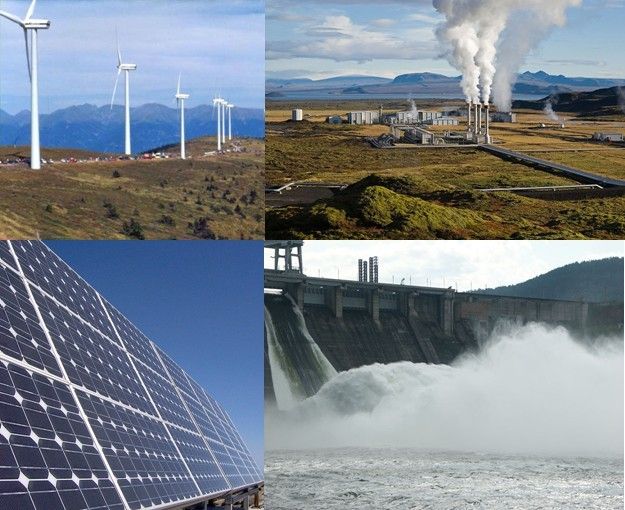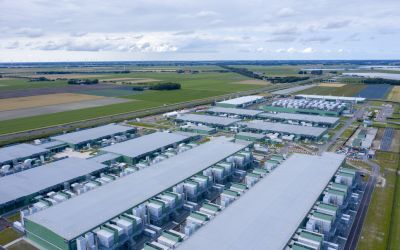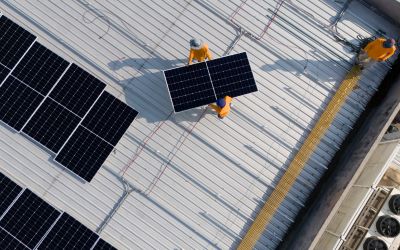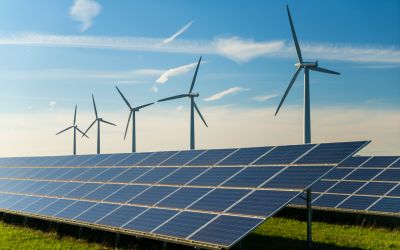Global emissions stabilised in 2014
REN21 report shows carbon dioxide emissions stabilised in 2014 in a landmark for emissions reduction and clean energy generation

Global carbon dioxide emissions stabilised in 2014 and the news represents a landmark for emissions reduction and clean energy generation, according to a new report from Renewable Energy Policy Network for the 21st Century (REN21).
Total worldwide emissions last year maintained their 2013 levels of 32.3 billion metric tonnes despite a 1.5 per cent annual increase in global energy consumption, with increased renewable energy investments having a global impact.
The tenth edition of REN21’s annual Renewables 2015 Global Status Report said that “increased penetration of renewable energy” and enhanced energy efficiency were the main reasons for emissions stabilisation.
The report also states that renewables accounted for 59 per cent of global energy capacity added in 2014, which is more than coal and gas combined.
135 gigawatts (GW) of clean energy capacity was added last year, bringing the total of worldwide installed capacity to over 1,700 GW.
This total is an 8.5 per cent increase on 2013 capacity and is more than twice the capacity that existed in 2005.
The number of nations with renewable energy policies being adopted also rose from 144 in 2013 to 164.
The report shows that the top five countries for renewable energy investment in 2014 were China, the United States, Japan, the U.K. and Germany.
China was ranked as the top nation for wind and hydropower generation, as well as solar PV and solar water heating capacity.
The U.S. was ranked first for investment in Concentrating Solar Power (CSP) capacity, biodiesel and fuel ethanol production.
Only the U.S. and India installed CSP plants in 2014 but Spain remains the global leader with 2.3GW of capacity.
The report says the top clean energy producers in 2014 were China, the U.S., Brazil, Germany and Canada.
According to the annual study, a record 40GW of solar power capacity was added in 2014, bringing the global total to 177GW.
China, Japan and the U.S. accounted for the majority of new installations with Germany still leading the way with about 38GW of installed solar PV capacity.
Wind power broke records, with 51GW of capacity being added last year– a 44 per cent rise on 2013 - to take the global total to 370GW.
Approximately 1.7GW of grid-connected capacity was added offshore (all in the UK, Germany, Belgium and China) to bring the world total to about 8.5GW.
Wind energy generated more than 20 per cent of electricity in several countries last year, including Denmark, Nicaragua, Portugal and Spain.
Around 640MW of new geothermal power was added globally, with Kenya ranked as the top country for investing in new geothermal capacity.
The REN21 study also shows that global investment in renewable power and fuels increased by 17 per cent between 2013 and 2014, reaching US$20.2 billion with the greatest increase in spending occurred in China.
Denmark remains top of renewable energy capacity per capita among the top 20 countries, with Germany, Sweden, Spain and Portugal making up the top five.
An estimated 45 countries had targets for renewable heating or cooling in place by early 2015 and biofuel blend mandates were in place in 33 nations.






